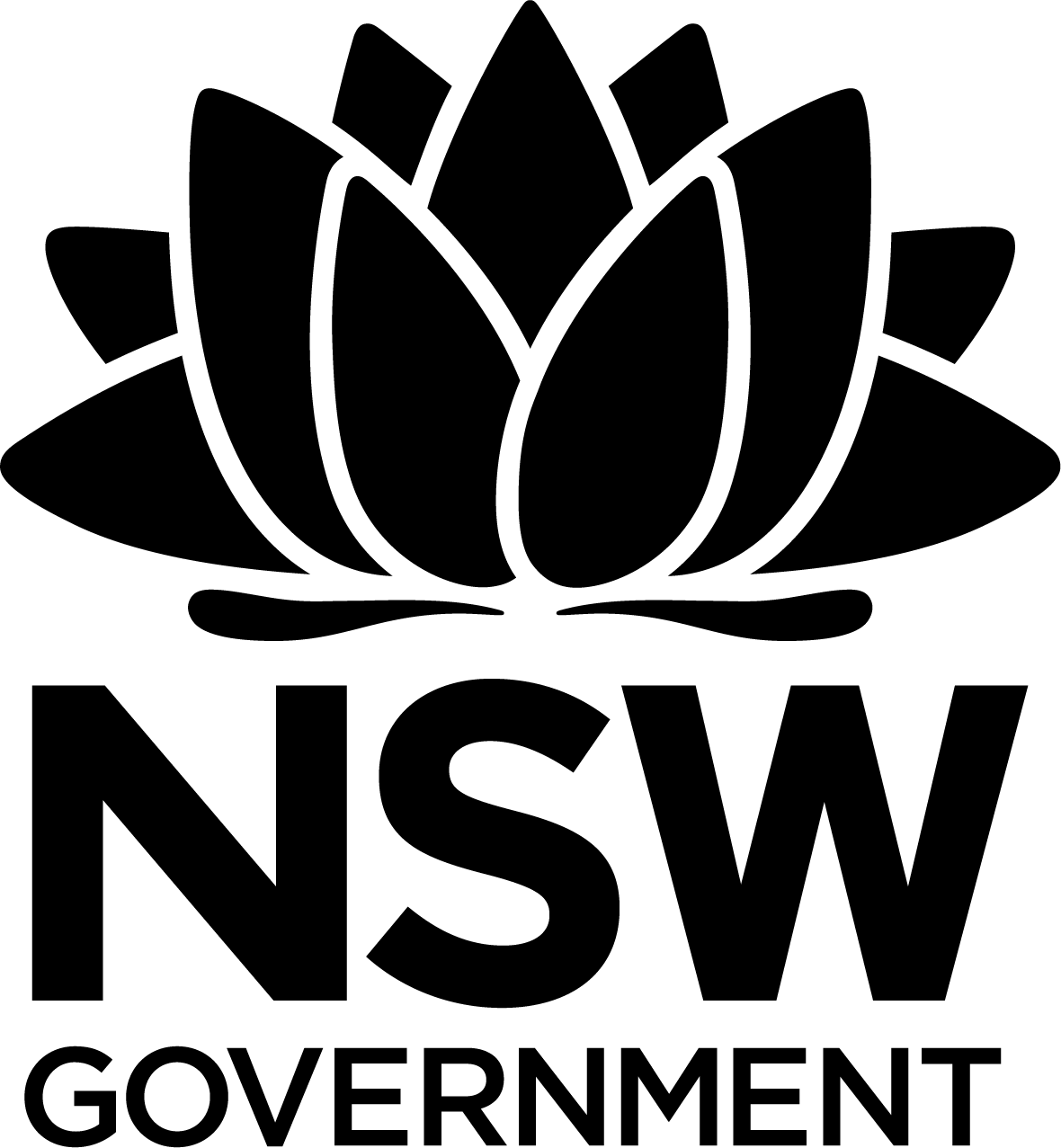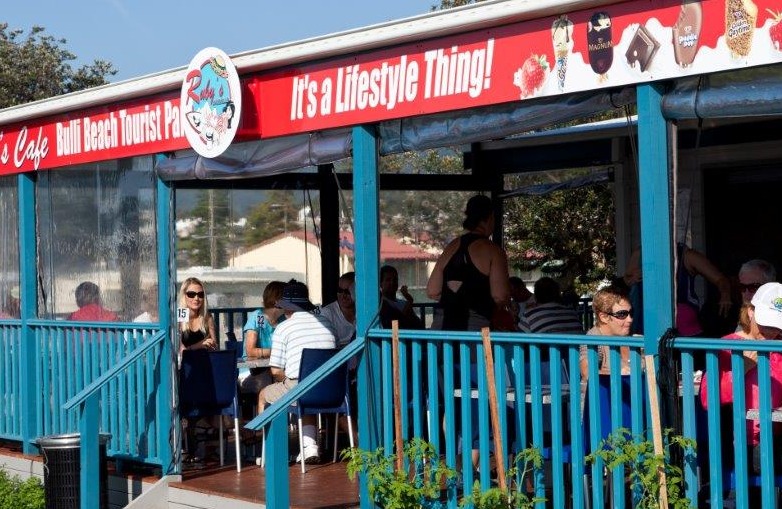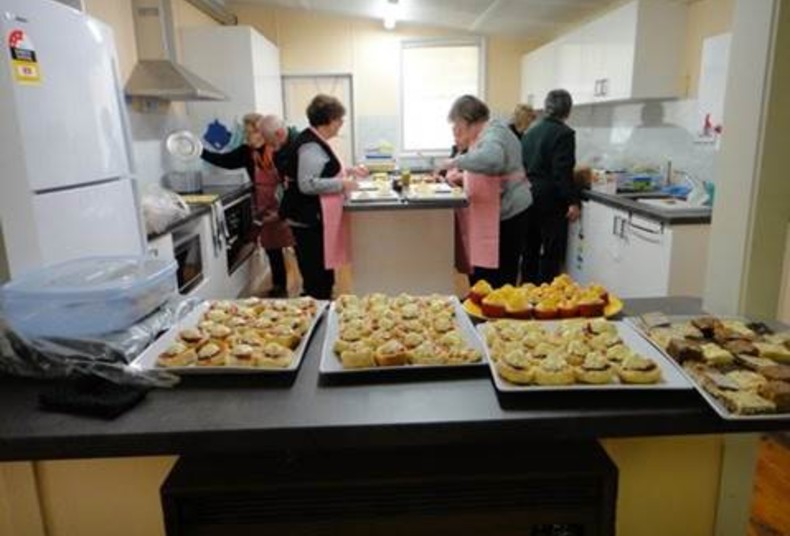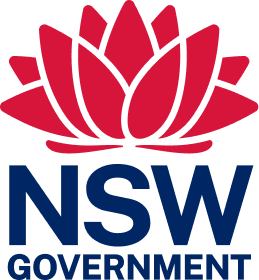
Crown land manager resource
Setting rents, fees and charges
Maintaining and developing Crown reserves requires cash flow. Many CLMs rely on income from licences, leases, event hire, entry fees and other user charges to ensure the financial viability of the reserve. The rents and fees charged should reflect not only the cost of providing Crown assets to those who use them, but also the value of the Crown reserve to the public.
Below you’ll find information on determining how much rent to charge, calculating market rent and when you might consider reducing or waiving rent in favour of in-kind contributions.
Market rent
The Crown Land Management Act 2016 (CLM Act) requires that, generally speaking, CLMs should charge market rent. Obtaining market rent for the use of Crown land ensures a fair and reasonable return is achieved on behalf of the people of NSW, and provides for the long-term sustainability of the Crown land. However, there are circumstances where reduced rent is appropriate and desirable.
The income generated through leasing and licencing is a primary form of funding for a CLM. At a minimum it could cover on-going running costs, and may also provide funds for investment in maintenance, repairs and improvements. Typical expenses the CLM may incur include service connections (e.g. water, sewerage and electricity), maintaining existing buildings and assets, undertaking repairs, and investing in new or improved facilities.
The following information will help category 1 and category 2 non-council CLMs in determining market rent and considering the grant of a rebate when issuing leases and licences (including short-term licences). This information may also be used by council CLMs during the initial period following commencement of the CLM Act.
Calculating market rent
There is no one correct method that can be used to calculate rent at market value. The rental market for leased and licensed land uses the principle of supply and demand to set the price between the lessor/licensor and the lessee/licensee.
Market rent should be determined based on a comparison with similar and current rental evidence. This may include rents recently negotiated for similar premises, or, where little recent market rental evidence is available, an assessment of the market return on the value of the reserve.
Possible approaches to determine market value for the site include one or more of the following:
- Obtain an independent valuation to determine the market value of the site for the proposed licence type (recommended for commercial proposals or longer-term tenancies).
- Undertake a public competition process, where users/businesses are allowed to submit rent amounts above the statutory minimum rent threshold.
- Seek and use accurate information about fees and charges for similar sites by contacting other sites directly, or contacting a real estate agent. Take into account the condition of the reserve and the assets on site to determine an appropriate market value.
- Take relevant external factors into account to determine market value, such as supply and demand, ground conditions and asset condition.
- If a non-council CLM wants to calculate market rent using a percentage of land value, refer to NSW Valuer General website for land values.
The CLM is responsible for accurately determining the market value of the reserve for a proposed lease or licence and recording the decision. The effort and expense taken to determine market value should be proportionate to the purpose and term of the proposed lease or licence.
Monetary versus in-kind contribution
For many community organisations in-kind contributions to support the management of Crown reserves is a valuable input. The value of in-kind contributions can be used in the calculation of market rent.
Setting rent for different users

Commercial users
When negotiating leases or licences for commercial activities (e.g. food outlets), you should invite competitive tenders or proposals in order to attract the best operator and financial return. The public competition process will generally provide the market value by asking respondents the value they are willing to pay for a lease or licence. However market rent should not be the only factor used to assess the best tenant. Other considerations may include the demonstrated skills and experience aligned to the proposed activity, and the financial capacity to operate the proposed activity.

Non-commercial users
For all non-commercial leases or licences, CLMs are encouraged to find out the market rent for the site by commissioning an independent valuation or seeking information locally (e.g. contacting similar sites or a real estate agent).
For non-commercial leases or licences, the market value may be rebated to recognise community benefit that the tenure holder (lessee/licensee) provides to the local or wider community.
Statutory minimum rent
The statutory minimum rent amount is a per annum amount adjusted according to the Consumer Price Index (CPI). Statutory minimum rent is a transparent mechanism whereby the public can be assured that there is at least a nominal monetary value placed on the use of Crown land. Current statutory minimum rent is available on the department’s website.
Where market value is calculated as being below the current statutory minimum value, the statutory minimum rent amount must be used for both commercial and non-commercial tenure types.
Rent concessions
To recognise in-kind or other contributions that a not-for-profit or community organisation provides to the local community when using a Crown reserve, it may be appropriate to consider a rebate to market rent.
In other circumstances, such as financial hardship, it may be necessary to consider applying a waiver, reduction, remission or postponement to amounts payable.
Reductions to market rent should not be granted to commercial activities.
When considering a reduction to rents or amounts payable the following factors must be considered:
- the benefits the activity provides to the local environment, community, protection of Aboriginal cultural heritage values, or economy
- the costs and/or risks associated with the activity
- the past performance and/or circumstances (e.g. financial hardship) of the applicant
- costs to be incurred by the CLM.
Rebate
A rebate is a rental subsidy that reduces the amount of rent payable from market rent. It is the difference between the market rent and the rent a tenure holder is required to pay. Note that under the CLM Act, the total rent paid or payable following a rebate cannot be an amount below the statutory minimum rent.
Waiver
A waiver reduces any amount payable, it can be applied to amounts that are already due or to amounts that are due in the future.
Waiver may be considered:
- for a group or organisation that has a vested public interest or a direct community benefit and the payment of rent or fees would adversely impact on the organisations ability to operate or take up the tenure
- for the protection of Aboriginal cultural heritage values where payment of rent or fees would adversely impact on the Aboriginal organisations ability to operate or take up the tenure
- where the primary purpose of the tenure is for environmental protection, conservation and/or remediation.
Refund
A refund returns a previous payment in whole or part.
Postponement
A postponement is an extension of time to make a payment that is not yet overdue.
Granting a rebate
Where a CLM chooses to grant a rebate to a tenure holder, the rebate must be justified and documented in meeting minutes. Follow these steps:
- Determine the market value.
- Decide if a rebate is suitable. Consider the benefits of the activity to the community, local environment, heritage values, and /or economy.
- Calculate the rebate. Calculate running costs and financial position to determine discount.
- Calculate the annual rent (first year).
- Determine annual increases and rent review. Rent is to be adjusted annually (in accordance with CPI) and re-determined at market rent after three years.
Eligibility for a rebate
Where appropriate, the CLM may make a rebate available to individuals or groups and organisations using the reserve. For example, rebates could be given to:
- pensioners, students and other low-income earners
- community volunteer service groups that exist for the benefit of the general community
- community interest groups that are run on a not-for-profit basis
- single interest and sporting groups that benefit cultural, sporting or special interest groups within the community
- Aboriginal groups that exist for the benefit of native title holders, or an Aboriginal interest group
- registered clubs under the Registered Clubs Act 1976 with limited gross revenue
- state or federal emergency service bodies.
The department’s Financial Concessions Policy may also be used for guidance. However, we recommend you contact the department to discuss whether a rebate on market value is appropriate, and the appropriate value of the rebate.
Rebate example 1 – CWA monthly meetings–
The Country Women’s Association (CWA) may seek to rent the local public hall for one night a month for meetings. As the CWA seek to use the facilities temporarily, in a minimum-impact way, and provides a service to the community, you could choose to rebate the market rent amount down to the statutory minimum rent amount for the 12-month, short-term licence.
Rebate example 2 – Show Society annual show–
A showground has estimated the market value of licencing its pavilions and grounds to the Show Society at $45,000 per annum. You seek to grant a rebate to the Show Society to account for the annual contributions made to the showground, including:
- paying for all utility services on the reserve, which amounts to $2,000 per annum
- contributing in-kind labour to the value of $8,000 per annum. This labour is to improve facilities on the reserve (in addition to maintenance required as part of the tenure).
A licence is proposed for a term of 10 years and the market rent of $45,000 per annum is requested to be rebated by $10,000 per annum. The annual rent, if the rebate is granted, would be $35,000 in the first year.
Rebate example 3 – Sports club meetings and game days–
A public recreation reserve with an estimated market rent of $2,500 per annum for licencing the sports club to the local football club for meetings and game days. As the football club is a sporting and recreational organisation that provides an active sporting facility for the public, a rebate is considered appropriate.
Annual maintenance costs for running the reserve have been calculated and the CLM is in a financial position to offer a 30% discount to the market rent amount. This still provides an income stream suitable for running the reserve.
The licence is proposed for a term of three years and the market rent of $2,500 per annum is requested to be rebated by $750 per annum. The annual rent, if the rebate is granted, would be $1,750 in the first year.
Rent review
Tenure agreements should provide for regular rent reviews to meet the requirements of the CLM Act . This ensures that rent is adjusted to keep pace with market movements.
Annual rent increases must occur for the term of the tenure agreement. Provisions are made in the standard lease and licence templates to allow for rent to be adjusted annually using CPI.
Rent must reviewed (also called rent redetermination) during the term of the tenure at least every three years. A methodology for rent redetermination has been included in the standard lease and licence templates.
Regulatory requirements
- Market rent:
- Crown Land Management Act 2016, section 6.5
- Rent concessions – waiver, reduction, remission, postponement or rebate:
- Crown Land Management Act 2016, section 12.15
- Authorisation to waive, reduce, remit, postpone an amount payable for any tenure that does not require Minister's consent:
- Rent review:
- Crown Land Management Act 2016, Division 6.3
RELATED ITEMS
Financial activities – getting started
Crown Land Managers (CLMs) must be diligent in how they use reserve funds, and ensure that all payments and investments are in keeping with the relevant legal requirements.
This Crown land manager web resource was printed on 27 Jul 2024. The information contained in this web resource is based on knowledge and understanding at the time of writing Jul 2024. However, because of advances in knowledge, users are reminded of the need to ensure that the information upon which they rely is up to date and to check the currency of the information by referring to the website (www.reservemanager.nsw.gov.au).
© State of New South Wales through Department of Planning, Industry & Environment 2024.
Page link: https://reservemanager.crownland.nsw.gov.au/using-crown-reserves/leases-and-licences2/setting-rents,-fees-and-charges


